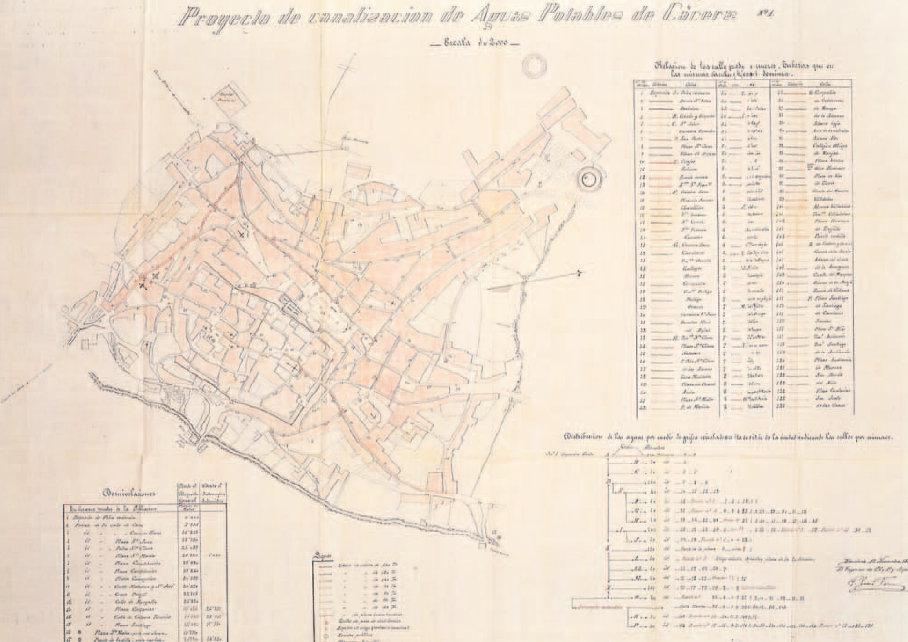
Formato: Revista
Ciudad: Online
Editorial: Taylor & Francis
Año: 2025
Peripheral Utopias: the Unbuilt Plan for Urban Reform and Expansion of Cáceres by Pedro García Faria (1922)
Marina Bargón y Pedro Plasencia-Lozano
This article analyzes the unbuilt 1922 plan for urban reform and expansion in Cáceres, Spain, designed by engineer and architect Pedro García Faria, a direct disciple of Ildefons Cerdà. Though never implemented, the project offers a unique window into the technocratic and hygienist urbanism that shaped planning discourse in interwar Spain. Based on the original technical report and surviving plans, the article reconstructs the proposal’s spatial, infrastructural, and ideological dimensions. It shows how García Faria envisioned a modern, rational, and morally reformative city through a combination of orthogonal layout, sanitary infrastructure, zoned expansion, and public parks. Drawing comparisons with other contemporary and historical urban expansions across Spain and Europe, the article situates Cáceres within a broader genealogy of planning paradigms. It argues that the project’s failure was not due to technical shortcomings, but to structural limitations typical of intermediate and peripheral cities: weak institutional capacity, political resistance, and limited demographic pressure. The paper contributes to current historiographical debates on unbuilt plans, proposing that these ‘peripheral utopias’ reveal as much about urban modernity as the cities that were actually built.
https://doi.org/10.1080/02665433.2025.2578789
